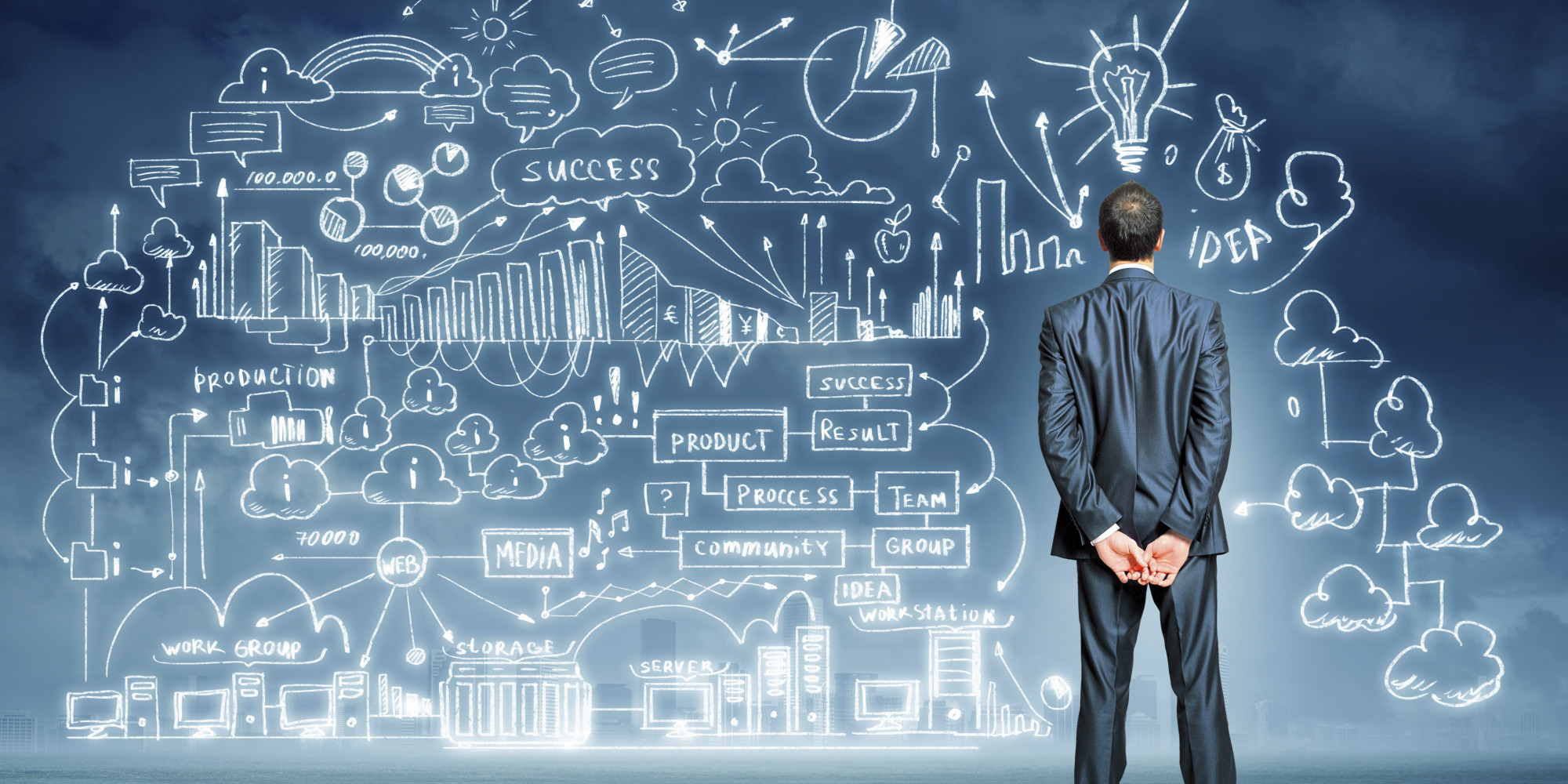

Thinking about the future is an exciting experience and technological trends pick up fast: the concept of universal digital transformation soon becomes a reality. Powerful business leaders such as Google, Amazon, Facebook, and Apple have boldly leveraged emerging technology trends such as artificial intelligence and Big Data to improve the user experience.
Technology has changed the world in many ways in recent decades, but the advancement of innovations promises that by 2020 the business and the day-to-day world will change even more. 2020 is a final point for proposals that have gained momentum in the last 10 years. Notably, 2020 has been baptized as "the year of a great technological leap".
Technology has completely revolutionized the way we do business and is growing in various industries. Below, we present a list of the seven most important emerging technology trends that will be included in 2020 and will change all or almost all aspects of working life.
1. Cyberspace, a major issue
This is one of the most important issues in the current technological landscape and will continue to happen in the coming years, as it variably affects any field. With the increase in cyber-attacks, all issues related to defense against external threats and internal data protection are the main concerns of IT administrators in almost every organization. Furthermore, by 2020, organizations should already be fully adapted to the new data protection and management framework.
2. Artificial Intelligence
A key objective of the digital agenda is the progress in the development of systems capable of learning and adapting to improve computer performance. In this sense, artificial intelligence is the first major bet today, as it makes its way and will become the basic tool to improve the customer experience, improve service, manage and strengthen information and search for a wide range of business models. Diversity, as it involves a range of technologies capable of learning to learn very specific tasks effectively, such as ma Understanding and processing the new language.
3. Internet of Things (IoT)
IoT forms the basis of the next industrial revolution and is considered the next great innovation in home automation technology. Today we see that there is an invasion of IoT in our lives, homes, and offices and even in big cities and transportation. By 2020, we intend to see 50 billion interconnected objects. Owners can control everything from lighting to temperature in their homes.
Experts estimate that by 2020, more than 50 billion "things" (physical objects) will be interconnected. With all of this, it will not be just the Internet of Things. It will be the "Internet of Everything" and "Everywhere".
4. 5G Network
Directly related to the development and implementation of IoT is 5G technology, posted as a high-speed highway through which all data will travel in the most immediate future. Its implementation will allow for new business models in the field of Industry 4.0, providing significant progress in the development of services associated with IoT and improving speed and latency.
When we talk about virtual reality or augmented reality, it will not only enrich the user experience by offering higher data rates, but it will also support security, where the latency point comes from. It is estimated that when a movie takes 26 hours to download on a 3G network, the time in 5G will be reduced to 3.6 seconds.
5. 3D printing
3D printers have been strongly adopted in recent years. It is a growing technology that has opened up a new door of possibilities in various industries. 2020 will be the year of take-off for 3D printers, which will constitute the next technological revolution. This new manufacturing system will bring major changes to the current business model. It is noteworthy that 3D printing is called the third wave of the industrial revolution. It empowers people, to produce whatever they want. This new manufacturing system will bring major changes to the current business model.
6. Blockchain
Blockchain allows companies to track transactions and work with untrusted parties without the need for a centralized party (ie, a bank). It reduces friction in business and has applications that started in finance. Blockchain can reduce costs, reduce settlement time of transactions and improve cash flow.
The current state of blockchain shows everything about its use and will continue its position in the 10 core technologies of 2020. Slowly, but surely, it is advancing itself among many industries. By 2020, the top companies will adopt it for their website.
7. Perimeter computing
Perimeter computing is a computer element that has everything from information processing, content collection, and distribution to sources of information. This new model allows for one side, greatly reducing latency (the time required to send data).
Being an important part of a new 2020 technology, we expect more focus on perimeter computing to enable smart grids, in which connected devices will perform the necessary analysis and use the results to execute them.
The possibilities and benefits offered by these seven technological trends are clearly endless. Most experts believe that taking advantage of these highly advanced technological trends in our society and workforce will definitely improve our lives, both professionally and personally. The pace of technological innovation in any organization will create ample opportunities to grow and deliver the right service at the right time.
The years leading up to 2020 were just the beginning of the revolution which is yet to come. When we reach 2050, the world as we know it must have changed completely to become better. Technology surprises us from year to year and we must be prepared to adapt it to our business.

Tech trends to follow for startups
While numerous startups might be little, there's one preferred position they often have against their bigger competitors; innovation and inclusion in...

Is your organization ready for the Fourth Industrial Revolution?
A tsunami of groundbreaking and once in a while life-imitating technology has arrived. Artificial intelligence, Big Data, Robotics, Internet of...



